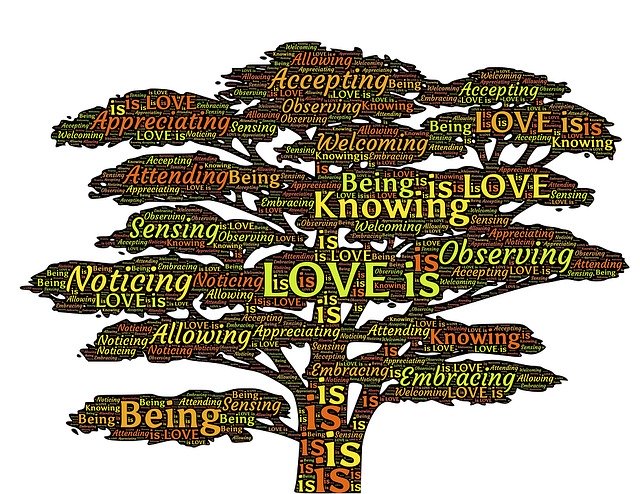Flanigan’s article made me consider the entire prescription drug system in an entire way! I was raised in a culture that doesn’t encourage taking prescribed medicines and relying on natural remedies, so I didn’t have much background information or preconceived feelings in favor or against the topic when reading it. I loved that the structure of the article made her thought process easier to follow and gave me an understanding of DIC while still using scenarios to give further context. The statement that stood out to me the most was, “Like other basic rights, self-regarding decisions about our own bodies warrant particularly strong protections from state interference” because it broke down the argument to a simple, clean form (view equation below) that, as Flanigan mentioned, can be applied in so many areas beyond self-medication.
Patient autonomy = basic right = morally valuable
I had read Hidalgo’s article in a previous leadership class and even attended his lecture on this topic last semester. It can be difficult to put this argument into action, and I appreciate that Hidalgo acknowledge’s this fact in the risk objection section stating, “Morality can be demanding”. I am an American citizen but grew up in the Mexican culture. Living two hours away from the border, I was taught to always carry my i.d., not speak Spanish in front of authority, and never, NEVER, give people a reason to question my citizenship. This fear that is so deeply woven into my identity made me both hesitant, yet intrigued by Hidalgo’s argument the first time I read it. Although I didn’t agree with most immigration laws beforehand, I had never considered that it is my responsibility as a human to oppose them. The distinction between doing and allowing challenged my instinctive “stay quiet” attitude towards immigration.


